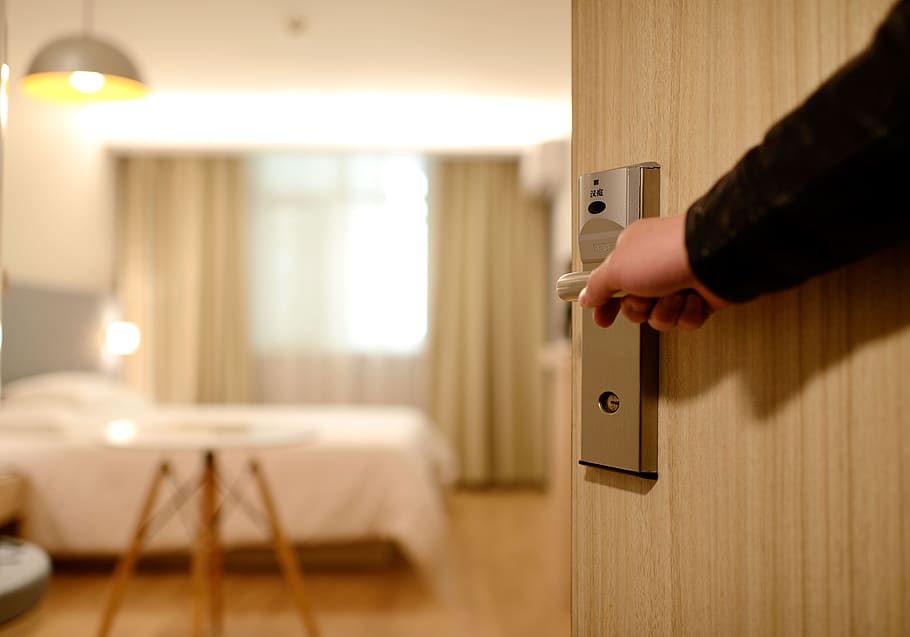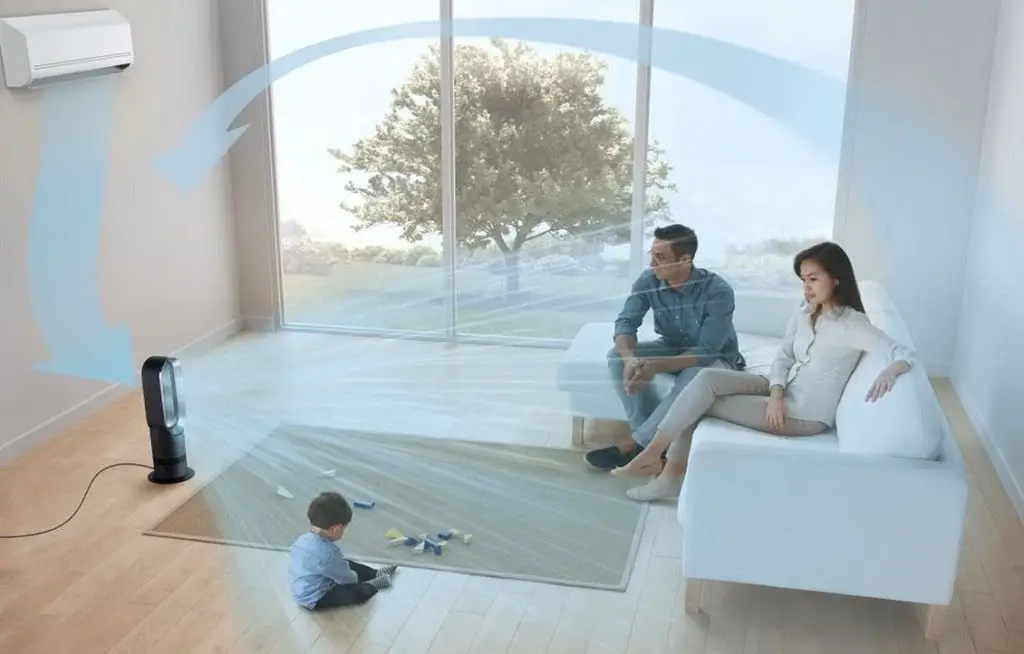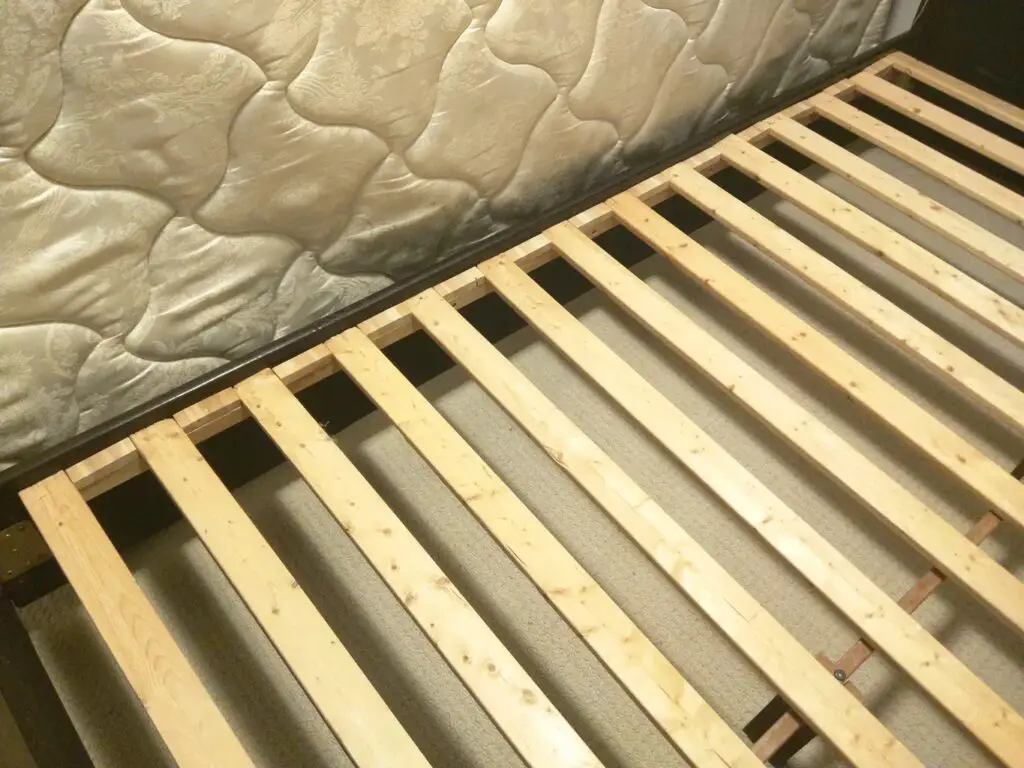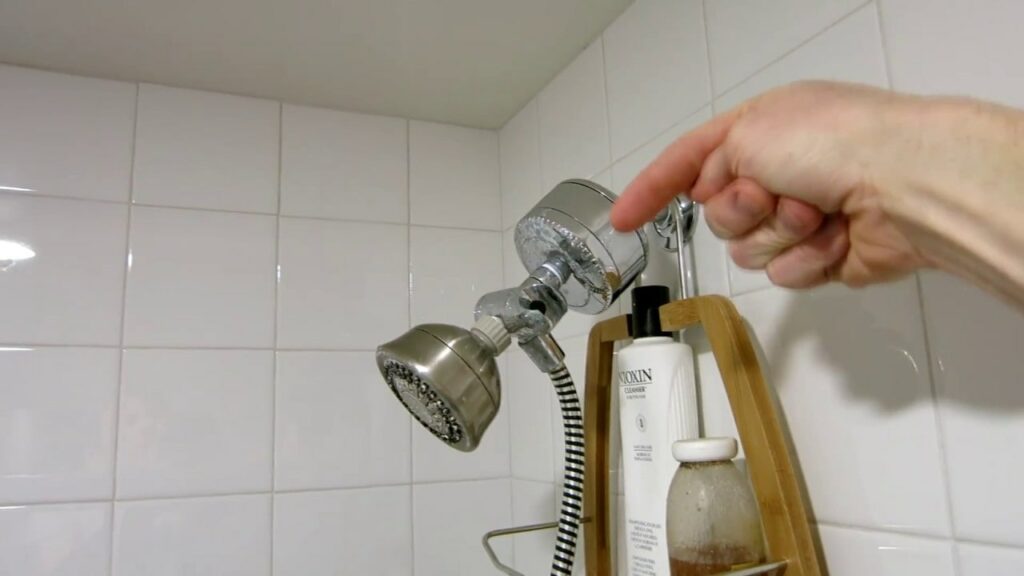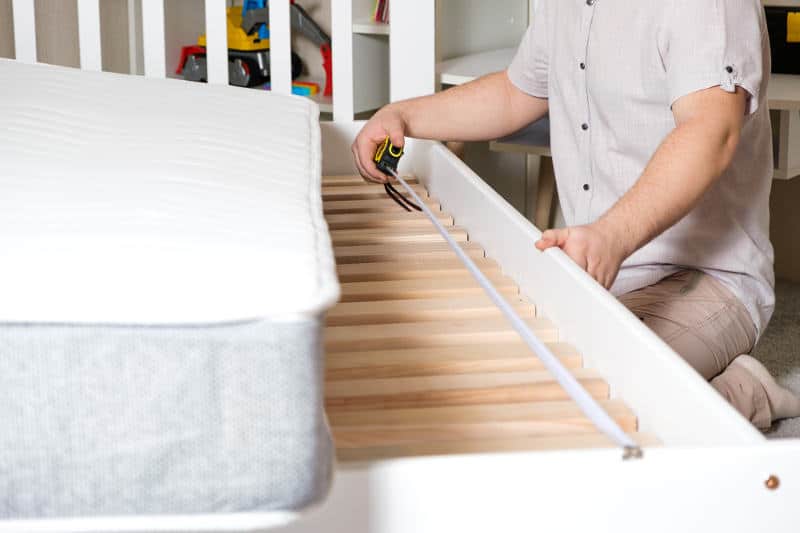Are you trying to figure out to reduce dust in your home?
Here are some doable and easy actions to do to deal with the things that generate dust and remove it from your house.
If any members of your family have allergies, you might have wondered to reduce the amount of dust in your home.
It’s a common misconception that dust is primarily composed of dead skin.
Household dust is a combination of animal dander, carpet fluff, clothes fibres, and dirt tracked indoors according to experts who study such things.
However, dust accumulates in even vacant dwellings.
Therefore, even if it’s impossible to remove dust, the following steps will help you to effectively manage and reduce from your home.
13 Ways to Reduce Dust in the Home:

Most domestic issues may usually be resolved by starting at the root.
Without plastic wrapping every surface, it is impossible to address the origin of dust in the home.
The best choice, short of purchasing a truckload of plastic wrap is to keep as much dust outside and routinely remove the rest.
How? Read on.
1. Put on indoor footwear only:

Although it’s customary to take off your shoes when entering someone else’s home in various regions of the country, there are always others who object to the idea of a no-shoe policy.
They would probably change their minds if they learned that up to 80% of household dust ends up on people’s shoes.
This does not imply that you must tolerate a mounting pile of shoes at the entrances.
Family members’ shoes can be left on a boot tray in your entryway so they know where they belong.
Additionally, it will catch any drips or muck to prevent a mess from falling onto your floor.
So that no one has to struggle with cold feet, you might even have a little basket of slippers nearby.
2. Clean Up Dirt Around the Doors:
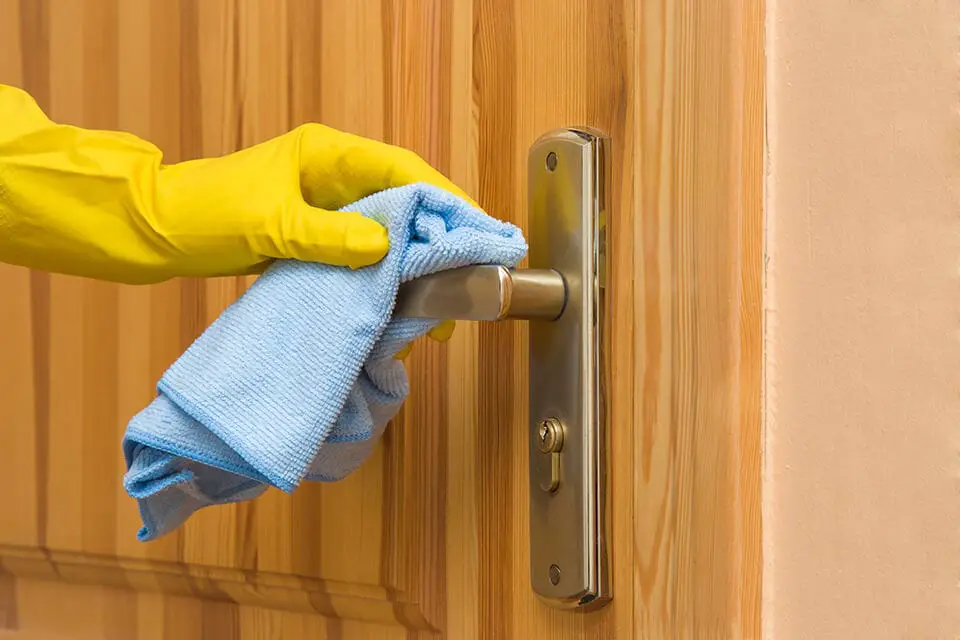
By installing robust mats at each entry, guests can wipe their feet before entering your property.
The amount of dust tracked indoors will be significantly reduced even if individuals remove their shoes.
If you shake the mats outside or vacuum them every couple of days, the dust can be noticeably reduce from the home.
Since mats and carpets allow dust to pass through to the floor below, be sure to vacuum or thoroughly rinse them when cleaning them.
Weatherstripping can assist improve indoor air quality by preventing dust from being pushed into gaps around your doors.
This is a crucial step, especially if you live in a remote or rural region or if a drought has left your lawn dry and bare.
Once your windows are correctly closed and have a tight seal, caulk should be used to fill in any gaps that may exist around the window frames.
3. Avoid Blowing Dust All Over:
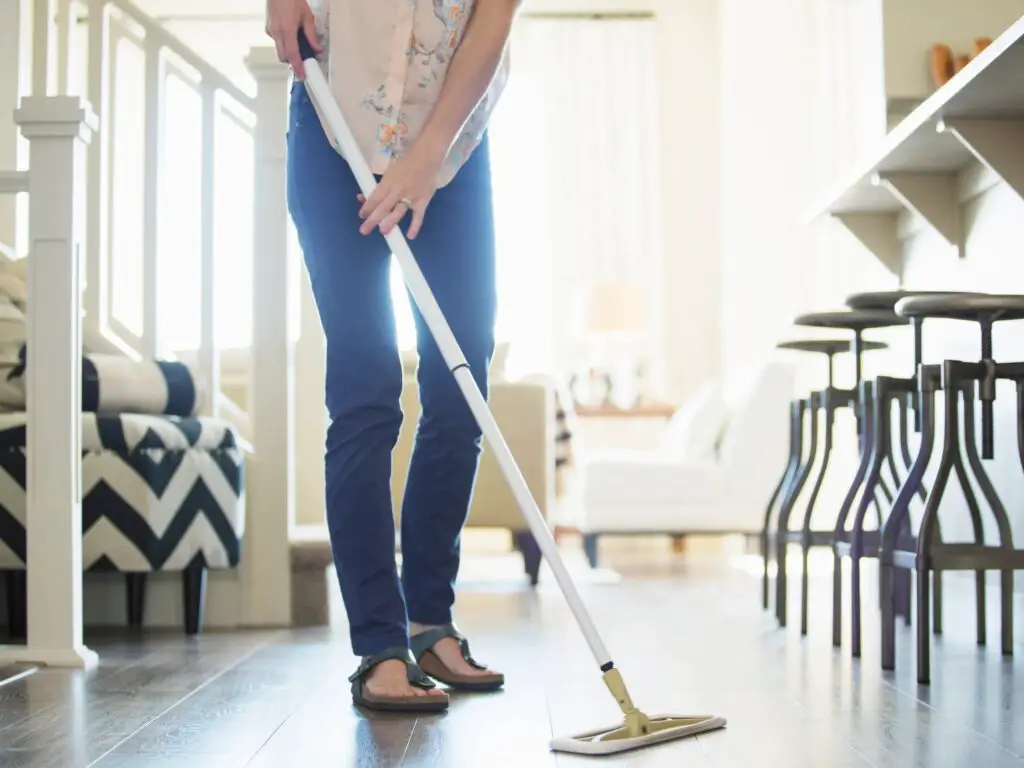
The majority of manufacturers recommend changing your HVAC filter every three months, but doing so more frequently will greatly reduce the amount of dust in your house.
Use disposable, low-cost filters, and change them every 30 days.
You may improve your memory by setting periodic reminders on your phone or calendar. Additionally, sweep or clean the area close to your furnace.
Additionally, if you have an outside condenser unit, you should thoroughly clean it every spring.
4. Cleaning the Air Ducts:
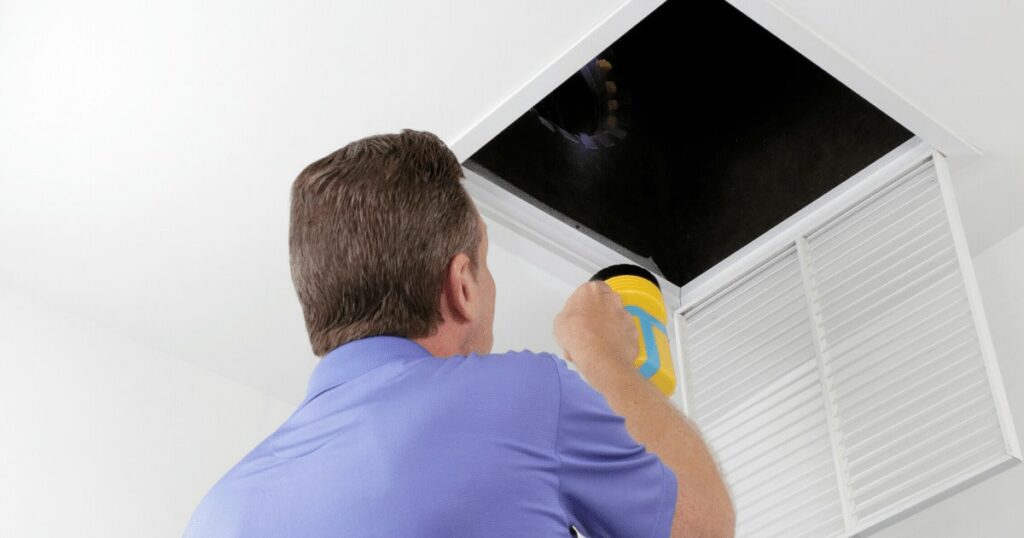
When was the last time you removed the vent cover from your floor register and peered inside? If you have kids or pets, you might find a lot of stuff in the vents.
If you maintain the ducts and vents clean, you’ll find that there is less dust drifting around.
Each subsequent cleaning of a vent takes less than a minute, with the initial cleaning of each taking about five minutes.
To get you started, here’s how to clean your air ducts. Keep in mind to clean those grimy floor registers and wall vent covers!
5. Keep Dust Mites Out of Your Bed:

Everyone has seen the advertisements cautioning against sleeping on mattresses that have dust mites, pet dander, and dead skin flakes accumulated over time.
Additionally, they gather in pillows and beds. You can lessen this by regularly vacuuming your mattress and washing your linens.
This calls for washing your mattress, duvet, or exposed comforters once a month, along with the rest of your bedding once a season.
It also calls for washing your pillowcases and sheets once a week. It also entails cleaning your mattress and washing your pillows.
6. Properly Vacuum:

How often you should vacuum depends on how many people reside in your house.
Every room should be thoroughly vacuumed once a week, with high-traffic areas getting attention every other day.
Work with slow, overlapping strokes; there’s more to it than just moving the vacuum back and forth.
Most people vacuum too quickly, which prevents the machine from having time to collect all the debris.
After cleaning the entire room from wall to wall, turn 90 degrees and repeat the process. When you vacuum your floors properly, you’ll reduce dust at home.
7. Use the proper tools to remove dust:

Feather dusters are cute and charming, but they do a lousy job of removing dust.
Even if you follow instructions to stroke the surfaces rather than “tickle” them, the feathers will release dust as you move around the room.
Baseboards, mini-blinds, and drapes or curtains can all be cleaned using the vacuum’s soft-bristled dusting attachment.
Dust everything else, especially hard surfaces like tabletops and shelves, properly with a damp microfiber cloth.
8. Apply the dryer sheet method:

Even when the furniture in the immediate vicinity remains largely dust-free, some hard surfaces operate as dust magnets.
Particularly Rubberwood does this. Tables and shelves will stay dust-free longer if you use a dryer sheet to wipe the tops of them after wiping them down with a wet cloth.
9. Improve Indoor Air Humidity:

You’ll notice more dust in your home the dryer the air inside is. This is because dry skin releases flakes as a result of dry air.
In addition to evaporating moisture from your furnishings, dry indoor air can also cause paint to start to peel and crack.
If you have a whole-home humidifier, make sure it’s in good operating order and use it frequently as the weather becomes chilly.
If necessary, cool mist room diffusers can replace or supplement a whole-home humidifier by adding humidity.
Diffusers and humidifiers can also aid in reducing static electricity in your house.
10. Reduce Clutter:

You’ll notice less dust in your home the less stuff you have lying around accumulating it.
Therefore, address the clutter issues first to control the dust issue in your home.
Clear your counters of anything you don’t use every day.
Give things you no longer want or that don’t fit your style or personality away or donate them.
Maintain your closet floors clean so that you can vacuum them by hanging up any clothing you are not wearing.
Similar remarks apply to your bedroom’s floor, which is a terrible dust magnet.
11. Blow the Dust Away:

Dust tends to accumulate on soft furnishings.
Cleaning your curtains regularly with a vacuum cleaner or washing them is an excellent method to cut down on dust.
But another quick method to reduce dust at home is to run it through your dryer. This method also works on textiles like silk that cannot be washed.
Any curtain rings, zippers, or other hardware should be taken off before putting the item in the dryer.
Select a fluff or no-heat setting, then let the piece tumble for a while.
While the dryer vent removes the dust from your home, the tumbling movement of the fabric releases it. So simple!
12. Replace Your Outdated Carpets:

Even the greatest vacuums can’t eliminate the dirt that carpets collect beneath the pad over time.
While properly shampooing or steam cleaning your carpet is beneficial, doing so too frequently will hasten the wear and tear on your carpet.
The dust in your house is then supplemented by glue and pieces of carpet fibre.
If possible, replace your carpeting with hard flooring. Cleaning up is so much simpler.
13. Pets should be groomed outside:

Dogs and cats lose fur and dead skin flakes, which reduce a tremendous amount of dust at home.
Regular grooming reduces the amount of pet hair, particularly if you brush your pet outside when any dandruff or other fluff will stay outside of your home.
Brush them on top of an old towel spread out on the bathroom floor if you are unable to do it outside.
The towel should be collected, shaken outside, and then cleaned.
14. On cleaning day, purify the air:
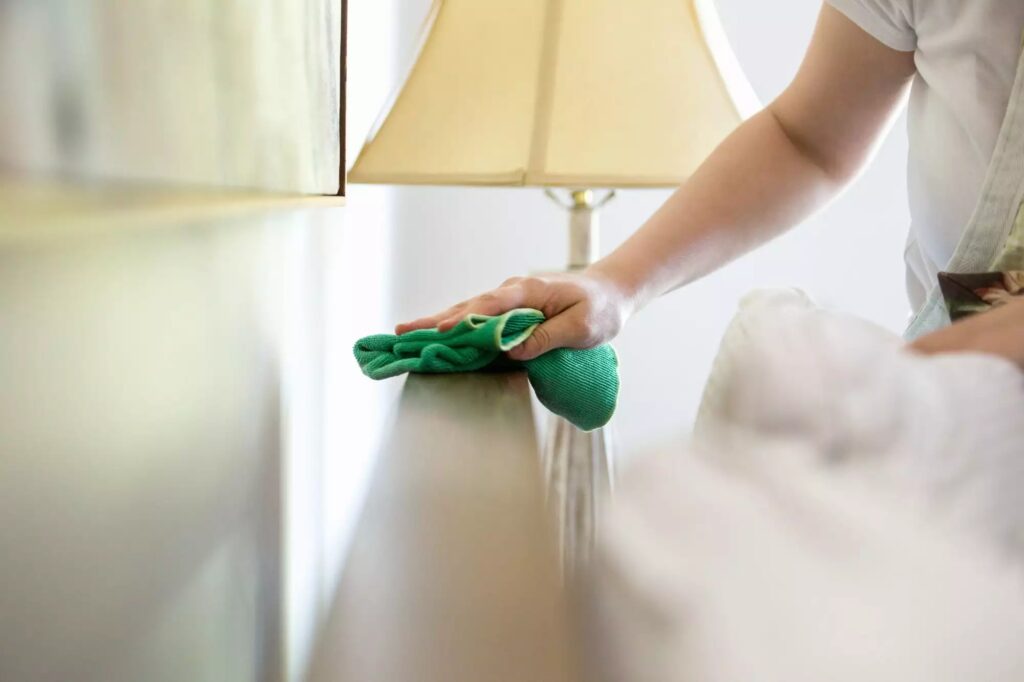
Ironically, cleaning your home makes the air in your house dustier.
Put your home’s HVAC to work to prevent it from settling back down on your furnishings and floors.
You can accomplish this at any time of year by just turning on your system’s fan while you clean.
Once you’re finished, leave it running for another 15 minutes.
The fan will “sweep” the air through the filter in your house, removing any dust that was stirred up while you were cleaning.
Your furniture will remain dust-free for longer if you turn it off.
Dust accumulates in your house Hidden areas:
You can easily identify where dust tends to accumulate in your home by taking a brief tour of it.
These areas include bookshelves and windowsills.
In actuality, a tiny layer of dust settles on most surfaces.
Even though you can’t see it well, you are aware of its presence.
Fortunately, since you probably clean these locations frequently, dust in public spaces might not be a major issue.
Dust attracts additional dust, so it’s crucial to dust these less obvious areas as well.
Blinds:
Be sure to clean in between each slat of your blinds because they are a prime location for the dust to collect.
Electronics:
Dust can accumulate on and under laptops, televisions, and video gaming consoles, which is terrible news for your electronics.
Dusting is a must for everything that uses electricity.
Lighting devices and ceiling fans:
As the components of dust float in the air, they start to settle on any accessible surfaces.
This indicates that your ceiling fans and light fixtures will be covered first.
Door, window, and cabinet tops:
Again, even though the dust that accumulates on these higher surfaces may be out of sight and out of mind, it can be upsetting.
Furnishings:
Your upholstered furniture, curtains, and bedding may include dust mites, pet dander, and dead skin.
Baseboards and carpets:
Dirt, pollen, and other contaminants from the outdoors are tracked into your home and spread throughout the floors.
Also read: Best Way to Clean Drywall Dust!
FAQ- How To Reduce Dust in Your Home?
The amount of dust you observe floating in the air will determine if you need to have your interior air quality tested.
If you notice dust particles, your interior space’s circulation isn’t working very well.
These particles would have either settled as dust on domestic surfaces or, when inhaled, would have exacerbated asthma or allergy symptoms.
Even though an air purifier can’t remove particles, consistent use can significantly reduce household dust.
Opening the windows to let in some fresh air may seem paradoxical, but doing so actually makes your home dustier.
Pollen, mould spores, and other airborne pollutants all enter the home through windows and doors, accumulating significantly on windowsills.
Also read: How To Stop Dust from Coming Through the Windows?
Conclusion:
It takes time to control the dust issue in your home, but if you persevere, it is feasible.
Start by implementing one or two of these methods to reduce the dust in your home.
Several causes contribute to the annoying problem of dust in your home, with dirt from the outside world being the main one.
Your HVAC system’s air filter might be clogged if you’ve recently observed a rise in dust levels in your home.

